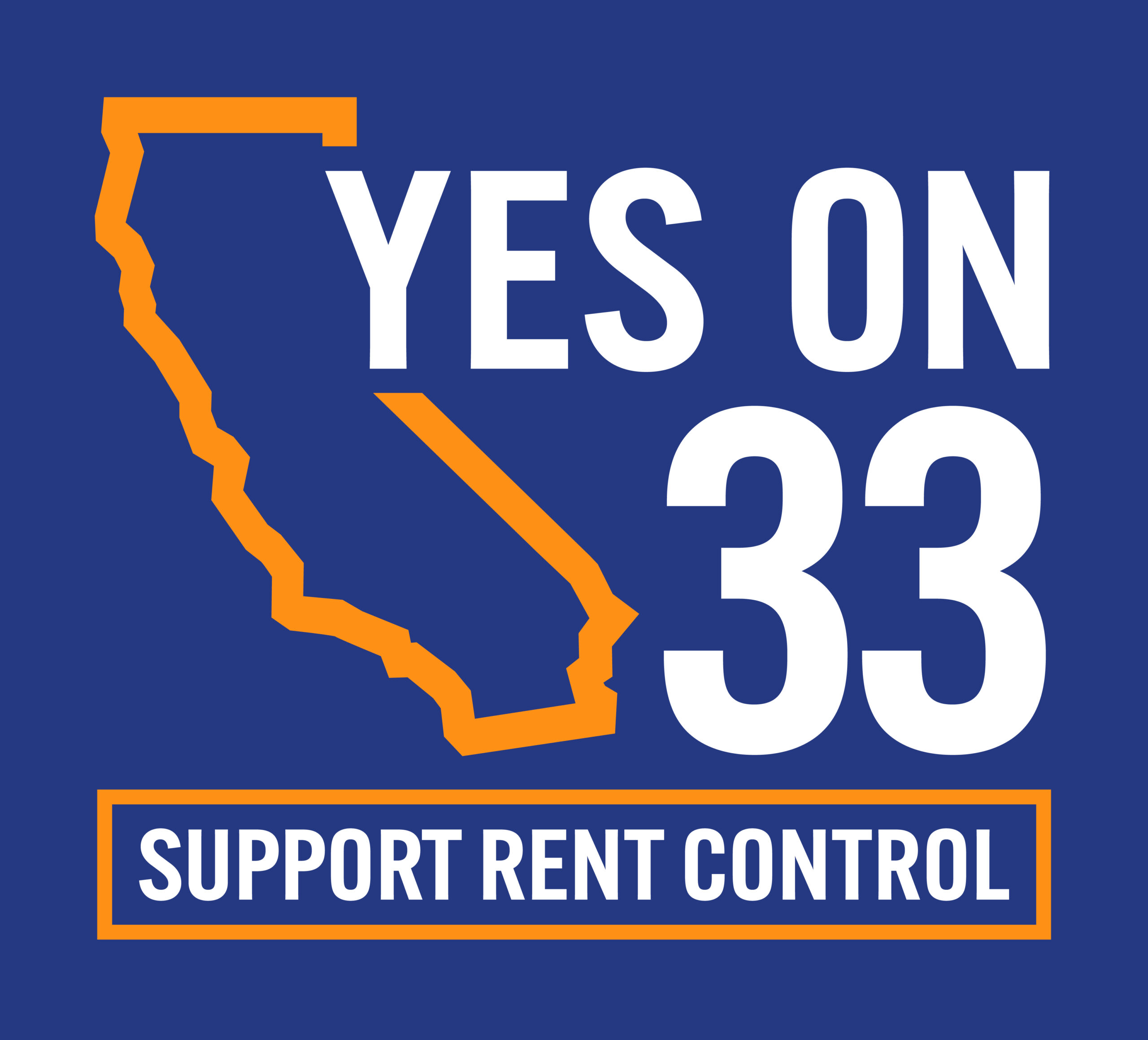
OP ED – We all know that shelter is one of the most basic necessities of life. Our very survival is at risk when we have nowhere to live. Six homeless people die on the streets of Los Angeles every day.
However, the system by which people obtain housing treats it as a commodity on the open market based on whatever the traffic will bear. The market works efficiently for many things, such as cell phones or televisions. A manufacturer will produce a cheaper cell phone to satisfy a lower-income market because there is an unlimited ability to produce more cell phones or TVs. The people with money will pay up for the fancier versions.
Housing, on the other hand, is very costly and takes a long time to build. There is a finite amount of land to develop, driving up the price. Building restrictions and bureaucracy have made it difficult to produce enough housing. Without the ability to move up to the newer and nicer housing that upwardly mobile people want, the price of the housing commodity goes up.
In the past, the poor relied heavily on public housing or older buildings. However, those avenues largely have been closed over the past few decades. Governments disinvested in public housing, rent controls were severely limited, new construction was restricted, and older buildings were allowed to rot. The result has been rampant homelessness, and even that is only the tip of the iceberg. Below the water line are tens of millions of people paying huge percentages of their income on rent.
Billions of dollars have been poured into addressing the housing crisis in places like California, but to no avail. The numbers of homeless people and those considered “rent-burdened” continue to skyrocket for the simple reason that the market is incapable of meeting housing needs. Unless we make a shift to the mindset that housing is a human right, and one that government must guarantee, we never will dig out of this hole.
The total supply of housing must increase, but the lion’s share must be at the low end of the income scale. When a low-income person paying 60 percent of their income in rent is competing against a middle-income person for the scarce commodity of housing, they both lose.
In order to guarantee housing for every low-income person as quickly as possible, we need to utilize the existing stock of under-utilized buildings. Building $700,000-or-more apartments for a very chosen few people will not even make a dent in the problem. Adaptive reuse of existing buildings can be done at a fraction of the cost and in much less time. Critics of this approach don’t understand the urgency of getting people off the street into entry level housing ASAP. The perfect cannot be the enemy of the good.
To address the homelessness and affordable housing crises, we need every resource at our command. Our bottom line must be a roof over everyone’s head and a door that locks—no exceptions. We cannot afford to saw off the bottom rungs of the housing ladder. As long as it is safe and meets minimum standards, affordable housing is much, much better than the sidewalk.
If Californians truly believe that we are in a humanitarian crisis (which we are), then we must move heaven and earth to get the most people out of harm’s way—now.

